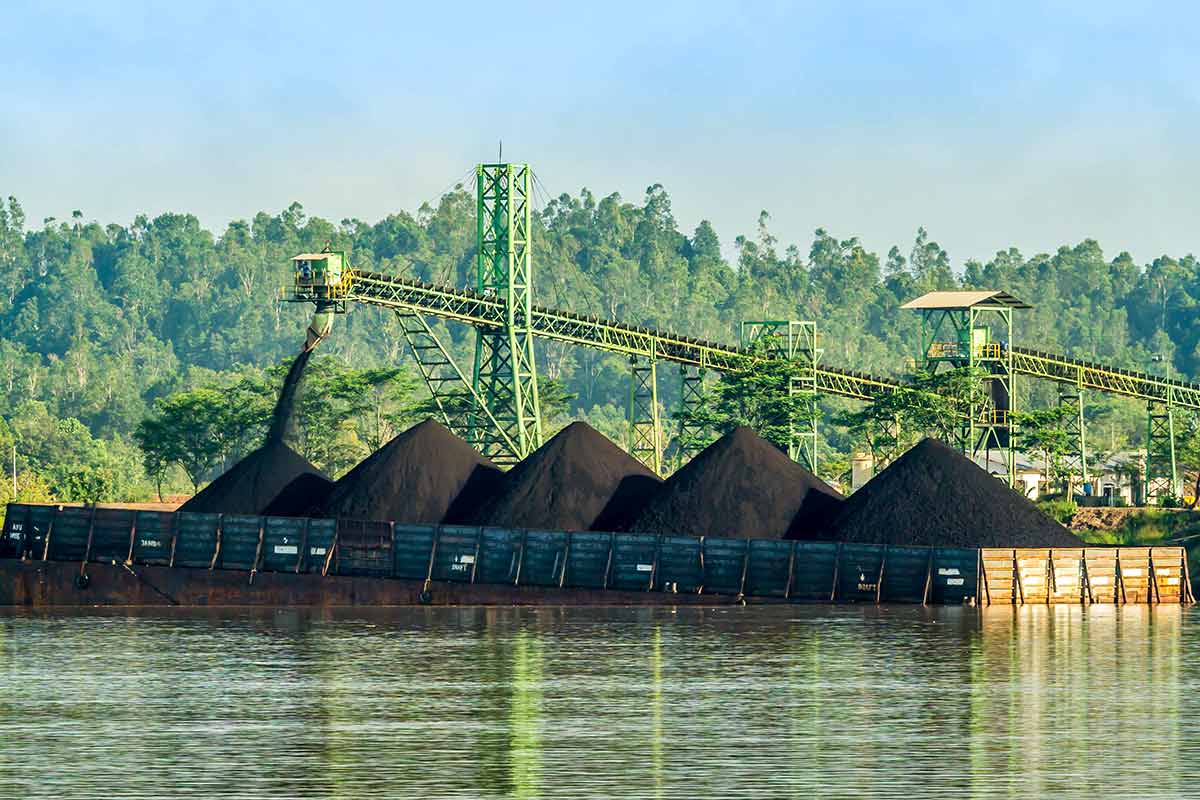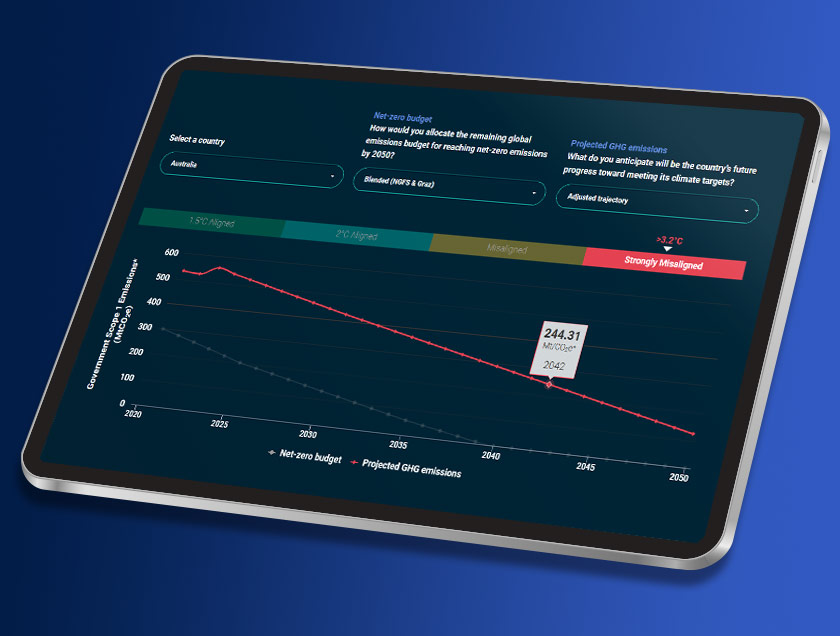Shortening the life of coal plants, if accompanied by a corresponding ramping up of renewable energy, could help 15 markets in the region reduce CO2 emissions by roughly 160 gigatons (Gt) – 74% below business as usual – with mainland China (116 Gt), India (23.2 Gt) and Indonesia (5.9 Gt) the biggest beneficiaries, according to the analysis, which simulates approaches for an orderly phasing out of coal-fired plants and quantifies how the phase-out could help to reduce global warming.
The most orderly phase-out for most countries in the region ties to plants that have operated for about 20 years, meaning they are about halfway through their useful life. In the most orderly scenario, China, India and Indonesia would restrict the life of existing coal-fired power plants to 20 years (with the aim of decommissioning all of them by 2040), halt construction of new plants immediately, and substitute power the new facilities would have supplied with an equivalent amount of power from large-scale solar and wind. Japan and Taiwan, by contrast, have on average older coal-fired plants and could decommission them after 30 years, 10 years sooner than the average life of most coal-fired plants in the region.
Coal power reduction achieved vs. required for the APAC region
Source: MSCI Sustainability Institute
The Institiute prepared the analysis at the request of the Glasgow Financial Alliance for Net Zero (GFANZ), which through a working group of its Asia-Pacific Network is exploring financing the managed phaseout (MPO) of coal power assets in the APAC region. The findings arrive on the eve of the COP28 climate conference, where countries will be asked to support the early retirement of coal-fired power plants and other high-emitting assets with the aim of accelerating the transition to an economy that adds no net greenhouse gases to the atmosphere.
“The framework discussed here could help policymakers across the APAC region evaluate the trade-offs of various MPOs for their countries and map out suitable time scales,” write Manish Shakdwipee, Elchin Mammadov and Guido Giese of MSCI Research, who co-authored the analysis on behalf of the Institute. “Companies that own or operate coal-fired power plants may reduce their exposure to policy shifts and improve their access to capital by aligning their strategy with an orderly phase-out pathway.”
“Financing of companies based on their plans for phasing out their carbon-intensive assets may offer an opportunity for investors who want to promote an orderly transition by investing in whole-economy decarbonization,” they add.
Minimizing disruption
The imperative to phase out of coal reflects coal’s standing as both the largest source of heat-trapping emissions and a major source of energy across the APAC region, which accounts for more than three-quarters (78%) of coal-generated power and virtually all (96%) of planned expansion of coal-fired power plants globally.
Though more than 40 countries agreed at the COP26 climate conference in 2021 to phase out coal-fired generation of electricity, consumption of coal globally hit a new high in 2022, driven primarily by demand for coal in the APAC region, explains the analysis, where many governments view coal as a staple of energy security and affordability.
Mainland China accounts for the lion’s share (70%) of the region’s roughly 2,100 gigawatts of current and planned coal-based power-generation capacity, followed by India and Indonesia accounting for 14.2% and 3.2% apiece, the analysis notes.
The analysis finds that if not phased out, coal-fired power plants in use and planned for the region would add roughly 215 Gt of carbon emissions to the atmosphere or more than 40% of the remaining amount of carbon that society could put into the atmosphere before driving average temperatures up 1.5°C (2.7°F) from preindustrial levels, the threshold above which the impacts of global warming increase in severity.
Phasing out coal in the most orderly scenario would require a commensurate increase in renewable-energy capacity across the APAC region. Clean energy needed would range from 3,350 GW in mainland China to roughly 3.2 GW in Hong Kong, according to the analysis, which suggests that countries such as Bangladesh and Laos could see demand for renewable energy more than double their current installed capacity.
Renewable energy capacity neeeded in the most orderly MPO scenarios
Source: MSCI Sustainability Institute


